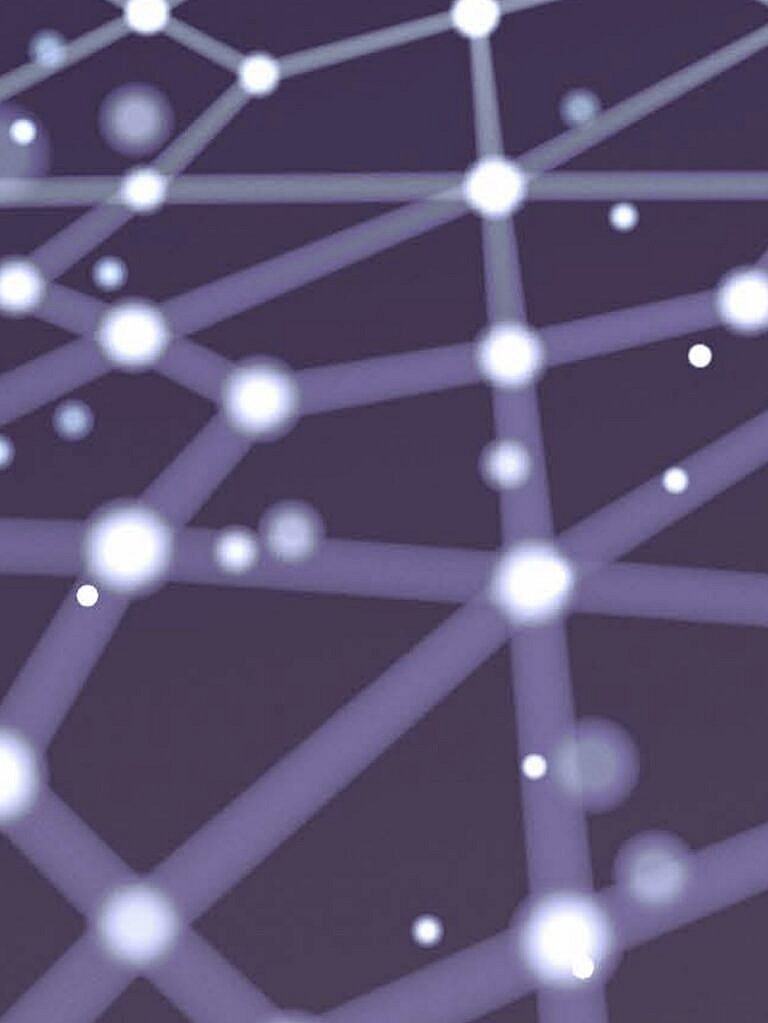Constructive Disruption

Successful competition in the “gray zone,” or globally networked conflict economy, requires effective use of Publicly Available Information (PAI).
Executive Summary #
Successful competition in the “gray zone,” or globally networked conflict economy, requires effective use of Publicly Available Information (PAI). The growth of PAI represents a historic leveling of the playing field in the realm of research and analysis. PAI is not intelligence unless it is used in an intelligence product. PAI differs from open source information in significant ways. Sources of PAI include general media, social media, commercial databases, public records, gray literature, audio, imagery, and expert interview in a wide variety of qualitative, quantitative, structured and unstructured formats and languages. The PAI environment forces a shift in focus from low context, sensor-driven approaches to high context, hypothesis driven approaches. The exponential increase in volume, variety, velocity and availability of public data has eroded government information advantage. Civil society organizations have already demonstrated the strength of PAI to produce sophisticated products that provide credibility and decision advantage for law enforcement, defense, and security needs. PAI has greater value than classified information in a networked world that relies upon information sharing to compete. Effective use of PAI demands an agile mix of people, data, technology, and partnerships.



